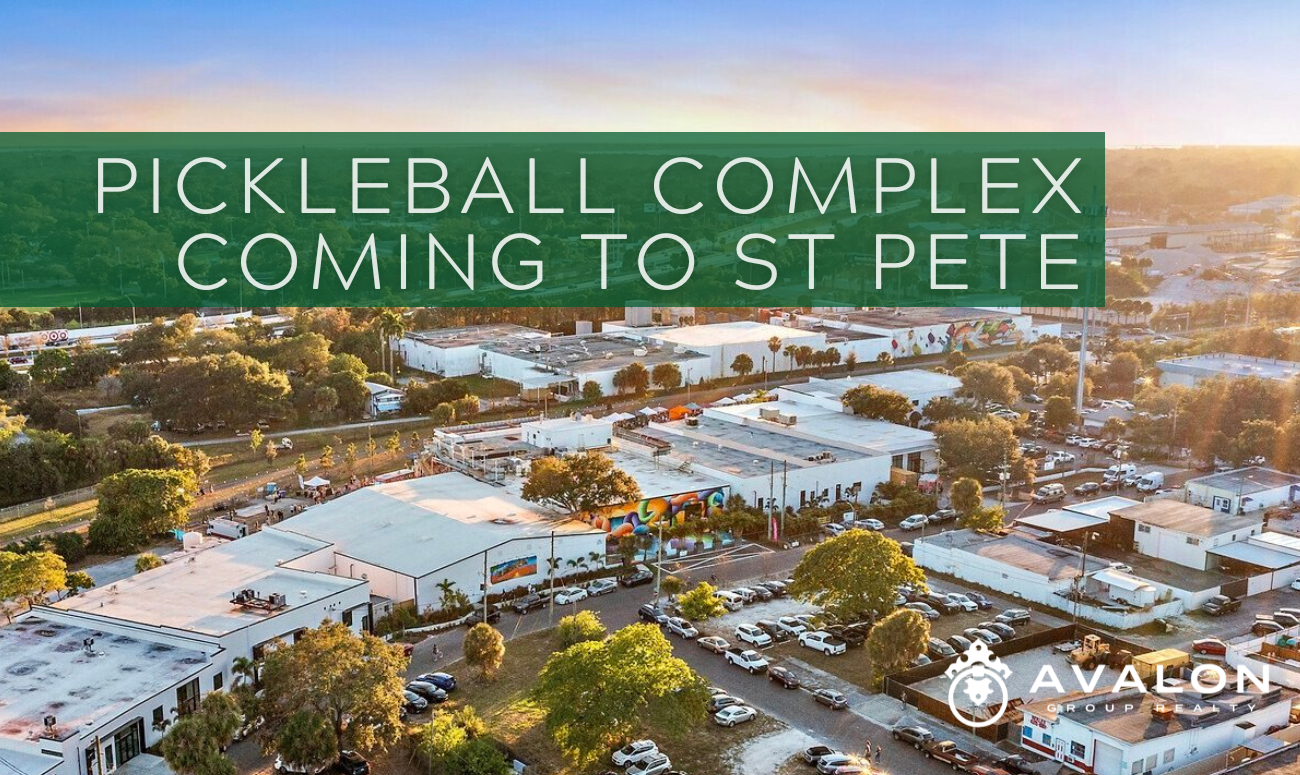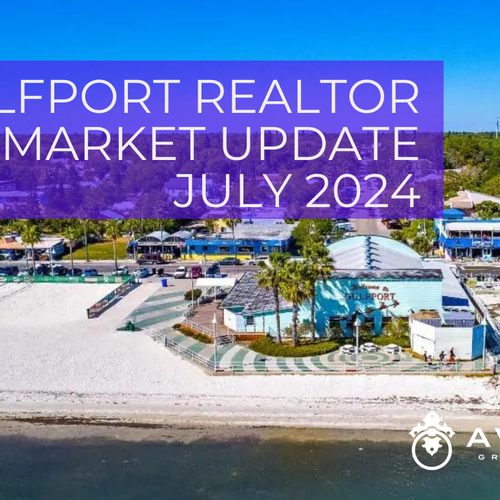Pickleball Complex Coming to St Pete: A New Hub for Sports Enthusiasts and Social Butterflies
First and foremost, let’s talk about the sheer scale of this project. The St. Pete Athletic Paddle & Social Club will be occupying a significant portion of The Factory, a well-known 90,000-square-foot arts and culture hub in the Warehouse Arts District. Located at 2544 Fairfield Avenue South, this strategic location, right on the Pinellas Trail, ensures easy accessibility for residents and visitors alike.
What sets this venue apart is its comprehensive offering. Not only will it feature 14 indoor pickleball courts, but it will also boast padel courts, table tennis facilities, a full-service restaurant, and a cocktail bar. This diverse mix of amenities is designed to cater to a wide range of interests and skill levels, from seasoned athletes to casual players and social enthusiasts.
Aaron Hunt, Broker of Avalon Group Realty, shares his thoughts on the project: “This development is exactly what St. Petersburg needs. It’s not just about providing sports facilities; it’s about creating a destination that will enhance our community’s lifestyle and attract even more people to our vibrant city.”
The Pickleball Phenomenon
It’s impossible to talk about the St. Pete Athletic Paddle & Social Club without highlighting the pickleball craze that’s sweeping the nation. As the fastest-growing sport in America, with a staggering 223.5% growth since 2020, pickleball has created a demand that many municipalities are struggling to meet.
Currently, St. Petersburg’s existing pickleball courts are scattered throughout city parks, often lacking essential amenities and facing high booking rates. The new club aims to address these issues by providing a state-of-the-art facility with ample courts and modern conveniences.
Pam Amante, a fellow realtor, notes the potential impact on the local real estate market: “Amenities like the St. Pete Athletic Paddle & Social Club can be a major draw for homebuyers. It’s not just about the house anymore; it’s about the lifestyle a neighborhood can offer. This venue will undoubtedly increase the appeal of the surrounding areas.”
Pickleball Complex Coming to St Pete: More Than Just Sports: A Social Experience
While the athletic facilities are impressive, what truly sets this venue apart is its focus on creating a social experience. The club is designed to be a gathering place for the community, offering a country club-like atmosphere that’s accessible to all.
The inclusion of a full-service restaurant and cocktail bar, helmed by local entrepreneur Jarrett Sabatini, promises to elevate the dining scene in the Warehouse Arts District. Moreover, the partnership with Green Bench Brewing will bring a new craft beer concept to the venue, further enhancing its appeal as a social destination.
Cutting-Edge Technology and Amenities
In today’s digital age, the St. Pete Athletic Paddle & Social Club is ensuring it stays ahead of the curve. The pickleball courts will feature advanced sports technology, including instant replays that can be shared on social media, live scorekeeping, and a user-friendly app for court reservations and coaching lessons.
Furthermore, the club will offer a range of membership options, providing exclusive benefits such as unlimited open play, access to members-only areas, and preferred pricing at the restaurant and pro shop. This tiered approach ensures that both casual visitors and dedicated enthusiasts can find a plan that suits their needs.
Impact on the Local Community and Real Estate Market
As a realtor, I’m particularly excited about the potential impact this development will have on our local real estate market. The Warehouse Arts District has been steadily growing in popularity, and the addition of such a significant amenity is likely to accelerate this trend.
Aaron Hunt adds, “We’re already seeing increased interest in properties near The Factory. The St. Pete Athletic Paddle & Social Club is not just a sports venue; it’s a lifestyle enhancement that will undoubtedly influence property values in the surrounding areas.”
Moreover, the club’s emphasis on inclusivity and community-building aligns perfectly with St. Petersburg’s values. By providing a space for people of all ages and skill levels to come together, play, and socialize, it’s fostering a sense of community that is invaluable in today’s world.
Pickleball Complex Coming to St Pete: Looking Ahead: A Bright Future for St. Petersburg
As we eagerly anticipate the opening of the St. Pete Athletic Paddle & Social Club in early 2025, it’s clear that this development represents more than just a new sports venue. It’s a testament to St. Petersburg’s growing appeal as a destination for both residents and visitors, offering a perfect blend of athletic pursuits and social experiences.
Pam Amante sums it up nicely: “This is the kind of development that puts St. Petersburg on the map. It shows that we’re not just a beautiful beach town, but a city that’s invested in providing diverse, high-quality amenities for its residents.”
In conclusion, the St. Pete Athletic Paddle & Social Club is set to become a cornerstone of our community, offering something for everyone. Whether you’re a pickleball enthusiast, a social butterfly, or simply someone looking for a new place to unwind and connect with others, this venue promises to deliver an unparalleled experience.
As we move closer to the grand opening, I encourage everyone to keep an eye on this exciting development. It’s not just about sports or dining; it’s about creating a space where our community can come together, stay active, and enjoy all that St. Petersburg has to offer. The future is bright, and it’s right here in our beautiful Sunshine City.
Pickleball Complex Coming to St Pete: The Fascinating Journey of Pickleball: From Backyard Fun to National Phenomenon
As we delve into the history of pickleball, we uncover a story of innovation, community, and explosive growth that has transformed this unique sport from a family pastime to a national sensation.
The Birth of a Sport
Pickleball’s origins can be traced back to a summer day in 1965 on Bainbridge Island, Washington. After a game of golf, Congressman Joel Pritchard and his friend Bill Bell returned to Pritchard’s home to find their families restless and bored. With an old badminton court on the property but no complete set of equipment, they improvised by using ping-pong paddles and a perforated plastic ball.
Initially, they set the net at the standard badminton height of 60 inches. However, as the weekend progressed, they discovered that the ball bounced well on the asphalt surface, prompting them to lower the net to 36 inches. The following weekend, Barney McCallum joined in, and together, the three men began crafting rules for their new game, drawing heavily from badminton while keeping their original purpose in mind: creating a game the whole family could enjoy together.
Early Development and Growth
The sport quickly gained traction among friends and neighbors. In 1967, the first permanent pickleball court was built in the backyard of Joel Pritchard’s friend and neighbor, Bob O’Brian. By 1972, a corporation was formed to protect this new sport’s creation, marking the beginning of pickleball’s journey from a backyard game to an organized sport.
The sport’s popularity began to spread beyond its birthplace. In 1975, the National Observer published an article about pickleball, followed by a feature in Tennis magazine in 1976, introducing “America’s newest racquet sport” to a broader audience. That same year, the world’s first known pickleball tournament was held at South Center Athletic Club in Tukwila, Washington.
Organizational Development and Expansion
As pickleball gained momentum, efforts to organize and standardize the sport increased. In 1984, the United States Amateur Pickleball Association (U.S.A.P.A.) was established to advance the sport on a national level, with the first rulebook published in March of that year. Sid Williams served as the first Executive Director and President of U.S.A.P.A. from 1984 to 1998.
The sport continued to evolve technically as well. In 1984, Arlen Paranto, a Boeing Industrial Engineer, created the first composite paddle using fiberglass/nomex honeycomb panels, a material used in commercial airlines. This innovation would significantly impact the game’s play and popularity.
By 1990, pickleball had spread to all 50 states, indicating its growing national appeal. In 2005, recognizing the need for a more formal organization, the USA Pickleball Association (USAPA) was established as a new corporation for the sport, with Mark Friedenberg as its first president.
Recent Growth and Recognition
The sport’s growth has been nothing short of phenomenal in recent years. By 2019, the Sports Fitness Industry Association reported that pickleball had 3.3 million participants in the U.S., making it one of the fastest-growing sports in the country. The creation of the Professional Pickleball Registry (PPR) in 2018 and the establishment of the Pickleball Hall of Fame further solidified the sport’s professional standing.
In 2020, USAPA rebranded as USA Pickleball, aligning itself more closely with other U.S. sports governing bodies. By the end of 2021, USA Pickleball membership had surpassed 53,000, representing a 43% increase from the previous year.
The sport’s meteoric rise continued, with the Sports & Fitness Industry Association naming pickleball the fastest-growing sport in America for three consecutive years from 2021 to 2023. As of 2023, pickleball boasts an impressive 8.9 million players in the United States alone, more than doubling from 4.8 million in the previous year.
From its humble beginnings in a backyard on Bainbridge Island to becoming a national phenomenon with millions of players, pickleball’s journey is a testament to its broad appeal and the power of grassroots sport development. As we look to the future, it’s clear that pickleball’s popularity shows no signs of slowing down, promising exciting developments for players and fans alike in the years to come.




